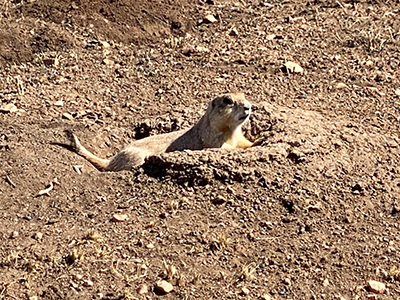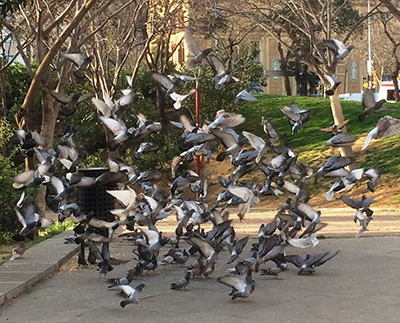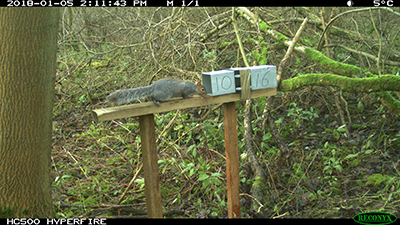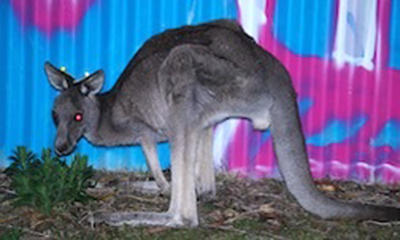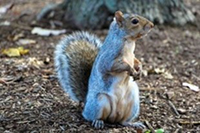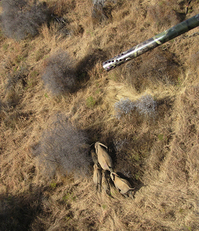Fertility Control for Wildlife in the 21st Century
Public interest in fertility control to manage economic and environmental impacts of wildlife is increasing. This special issue of Wildlife Research presents studies showcasing fertility control applications for a wide range of species. These studies also illustrate new methods to deliver contraceptives, models on the impact of fertility control on populations, feasibility, cost of fertility control, and discussions on the human dimension of this approach.
This article belongs to the Collection Fertility Control for Wildlife in the 21st Century.
Through a replicated field study, we determined the efficacy of GonaCon, a non-lethal injection for fertility control, against prairie dog populations. Recently, GonaCon has been registered by the US EPA to manage prairie dog populations in urban/suburban and natural areas. GonaCon treatment for prairie dog management has an estimated cost of US$18/individual dose and is low risk to non-target species. Photograph by Aaron B. Shiels.
This article belongs to the Collection Fertility Control for Wildlife in the 21st Century.
Overpopulation of pigeons in urban areas has an impact on coexistence conflicts with people, and public and animal health. Control of pigeon populations by fertility control using nicarbazin can be achieved without the need to capture and eliminate any specimens. This study described an 8-year experience using nicarbazin in 24 towns and cities in Catalonia (Spain). Results showed that the treatment followed during the study was effective, selective and respectful of animal welfare to manage urban pigeon populations. Photograph by Santiago Lavín.
This article belongs to the Collection Fertility Control for Wildlife in the 21st Century.
The grey squirrel is an invasive species in the UK, causing damage to forestry and the decline of the native red squirrel. This study demonstrated that it is possible to deliver baits to the majority of grey squirrels in woodland environments. The same methods could be used to employ oral contraceptives to reduce grey squirrel numbers in the future. Photograph by APHA.
This article belongs to the Collection Fertility Control for Wildlife in the 21st Century.
Culling overbundant native wildlife is unpopular, so managers often turn to fertility control as a more appealing alternative. We assessed contraceptive implants in kangaroos and found that they effectively stopped breeding, but it was challenging to implant enough kangaroos so that abundance was reduced. Understanding these practical constraints on fertility control will assist future management programs. Photograph by Graeme Coulson.
This article belongs to the Collection Fertility Control for Wildlife in the 21st Century.
Invasive non-native species are on the rise worldwide, exacerbating wildlife’s already significant environmental and economic impacts. On the basis of the eastern grey squirrel (Sciurus carolinensis) in the UK, we have demonstrated that there is an important balance between the efficacy of different population management approaches and the willingness of landowners to apply them. Recommendations on management strategies must understand and account for this human dimension. Photograph: Plight of the Red Squirrel – APHA Science Blog (©APHA).
This article belongs to the Collection Fertility Control for Wildlife in the 21st Century.
Lethal control has largely been synonymous with South African elephant management. As an alternative, porcine zona pellucida immunocontraception was introduced as a novel, non-lethal elephant population control method and is currently adopted in 43 South African reserves. Current policy recommends culling as the last resort. New legislation that considers wellbeing and welfare has been promulgated. Elephant management philosophy has evolved, and all population management options, including immunocontraception, must be fully considered in South Africa’s largest national park, the Kruger. Photograph by Audrey Delsink.
This article belongs to the Collection Fertility Control for Wildlife in the 21st Century.



